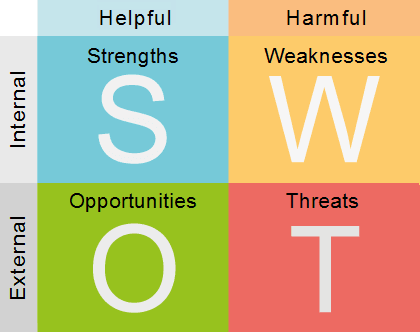Simply put, Digital Advertising is a transaction between a Buyer and Seller within a Digital Platform.
Buyers are Advertisers, who wish to reach out to audiences who meet their demographic.
The goal is that by putting their products/services in front of their demo-audience, it will help introduce and influence potential customers to make
a purchase, or at the very least build on an Advertisers branding.
Now in this scenario, Sellers are Publishers, typically website owners, whose goal is to create captivating content to attract their demo-audiences.
If we go back to the buying side, Advertisers typically use an Ad Agency to help find Publishers whose audiences match the demo-audience they wish to reach, also referred to as Targeted Audience. Ad Agencies work with Advertisers to develop a Media Plan, which is a plan outlining budget, audience and other criteria. Criteria can be anything from Age Group (Adults 25-54), Geography (NYC, Chicago or all of the United States), as well as reaching specific content categories, such as Sports or Fashion.
The Media Plan, via a Media Planner, will submit a Request-for-Proposal (RFP) to one or many Publishers. Publishers, via a Sales Planner, will identify areas of the site that meet the criteria outlined in the Media Plan and will submit an RFP. The Media Planner will review all RFPs, choose those Publishers who have provided the highest Return-on-Investment (ROI) and send over an Insertion Order (IO).
An IO can be the purchase of many different types of Digital Advertising:
Paid Search:
Advertising within a sponsored listing of a Search engine, such as Google, or a partner site by paying either by each time your ad is clicked (pay-per-click – PPC) or when your ad was viewed (Cost Per Impression – CPM)
Display Advertising:
Advertising on websites or apps through banners or many other formats made of text, images, rich media, video, and audio through devices, such as Desktop, Mobile, Tablets, with the goal to deliver ads to site visitors. The typical payment is based on CPM.
Email Advertising:
Publishers send a commercial message using an email format, also known as a Newsletter. These are sent to either a purchased lead list or a current customer database. The cost applied to these are most often a Flat Fee as Subscriber-based ad products are not guaranteed due to the influx of users subscribing or unsubscribing.
Retargeting Advertising:
Retargeting works by keeping track of people who visit your site and displaying your retargeting
ads to them. A Cookie is place on a users browser, capturing their activity to a website, trigger a relevant ad when they (re)visit your site.
Social Advertising:
This is a newer form of advertising, which uses Social Media, such as Facebook, Instagram, Youtube, Twitter, Snapchat, etc. This form of advertising has seen significant growth as Publishers are partnering with Influencers with big follower base.










